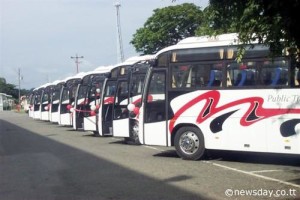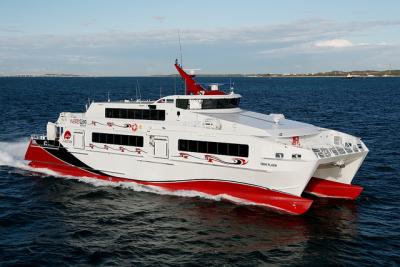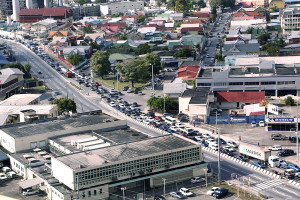
 “If you want to create an efficient, optimised transportation system, call an engineer. If you want to make sure people use it, call a planner.” – Onika Morris-Alleyne, Transportation Engineer/Planner.
“If you want to create an efficient, optimised transportation system, call an engineer. If you want to make sure people use it, call a planner.” – Onika Morris-Alleyne, Transportation Engineer/Planner.
Much has been said in the past few months of mass transit systems and bus rapid transit, highways and interchanges. Not much has been said about the sea change which will have to happen in our transportation sector for any of these proposed solutions to make a difference to our daily gridlock grind. One gets the sense of a kind of magical thinking that building something is the same as fixing something. The prospect of a silver bullet solution to the daily misery that is getting from A to B in this country is tantalising. We must, however always be mindful of the programmer’s mantra GIGO: garbage in, garbage out. If we do not correct the fundamentals, and create the environment for success of the system, we will make a costly error.
Urban planning is part of creating that environment, and transportation planning is part of correcting those fundamentals. Understanding what drives transportation demand, and identifying and modifying the physical, social, economic and environmental factors that drive demand in one direction (private car) or another (public transport) is where planners provide knowledge and expertise that is integral to the success of a culture change project of this scale.
Take for example a common problem in public transportation: the first mile/last mile problem. Because of the ‘best for most’ factor inherent in design of useful transportation systems, most people will start or end their journey some distance from a stop or station. That distance may be as little as a few feet, or as much as many miles. That gap from the network to the origin or destination point is referred to as the first mile/last mile, and the land use in this gap can determine whether that ‘mile’ is a bridge or a barrier. Planners can help to avoid the barriers by being involved from the start: in determining the alignments along which public transportation operates; in siting stops and stations; in redeveloping those ‘miles’ to provide ease of access, safety and confidence to users of the system.
The organisation and regulation of the public transportation sector can also determine success or failure. Our current sector is fragmented, disorganised and largely self-regulating, a situation which is ripe for abuse by both suppliers and users of transportation services. A more collaborative sector, which still leaves room for competition and private enterprise, must be built out of the current chaos. The proposed Transit Authority is welcomed as a potential body for organizing the sector, but its mandate must be clear and its regulatory powers enforceable.
Tinkering around the edges of the system will never be enough to create meaningful change. Indeed, the very assumptions on which we base national transportation will have to change. Assumptions such as public transport being the alternative of last resort, the presumption that people don’t want to live, dine and shop in our cities and urban areas, the idea that our public and private operators have to compete, and the perception that planning and analysis are wastes of time, have to be discarded if we are to make a success of whatever system we build going forward.



Hello friends, how is everything, and what you would like
to say about this article, in my view its in fact awesome in support of me.